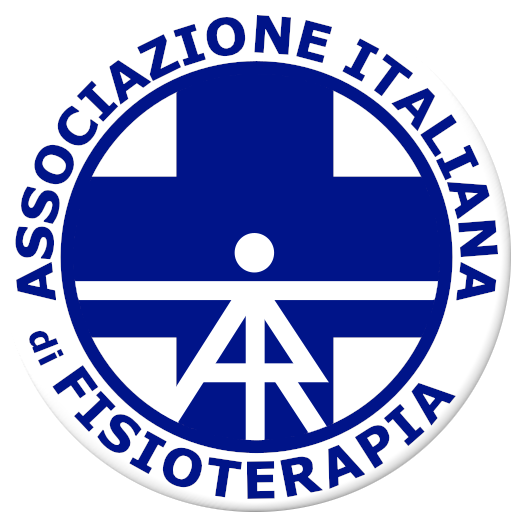CORRELAZIONE TRA SIT TO STAND E RISCHIO CADUTA NELLA COSTRUZIONE DELL’ESERCIZIO
CORRELATION BETWEEN SIT-TO-STAND AND FALL RISK IN EXERCISE CONSTRUCTION
Introduction
The population of Italian physiotherapists needs, in the daily performance of their work, an approach and a natural familiarity with the most common measurement scales in the rehabilitation field. These measurement scales are a multifunctional and fundamental tools for the rehabilitation act. They guarantee a common language and an ease of a collection data for scientific research, they are essential to recognize the validity of therapeutic acts that are often not validated by guidelines and scientific literature and they are useful for monitoring the patient over time. The monitored patient acquires awareness and recognizes in the physiotherapist a scrupulous attention to the dimension of safety, highlighting the goals achieved in the therapeutic pathway and attributing significant value to it.
Methods
To invite colleagues to pay attention to the measure parameters, we proposed an online questionnaire, where the patient is evaluated during the therapeutic act, while he was performing a postural transition from sitting to standing. Thanks to the cooperation of some physiotherapy colleagues, We received data on 56 patients evaluated. The answers required to better qualify that therapeutic gesture by completing other questions about how it was performed.
Results
With the first question we will update participants on the existence and the ease of a proposal validated scales for monitoring balance and its correlation with the risk of falling in performing that postural step.
The remaining part will be useful for a reflection and enhancement of some observational elements that show the personalization of motor strategies and gestures aimed at action.
Discussion and Conclusion
These reasonings are tools for a tailored construction of therapeutic exercise and physiotherapy proposals.
REFERENCES
Bohannon RW, Bubela DJ, Magasi SR, Wang YC, Gershon RC. Sit-to-stand test: Performance and determinants across the age-span. Isokinet Exerc Sci. 2010;18(4):235-240.
